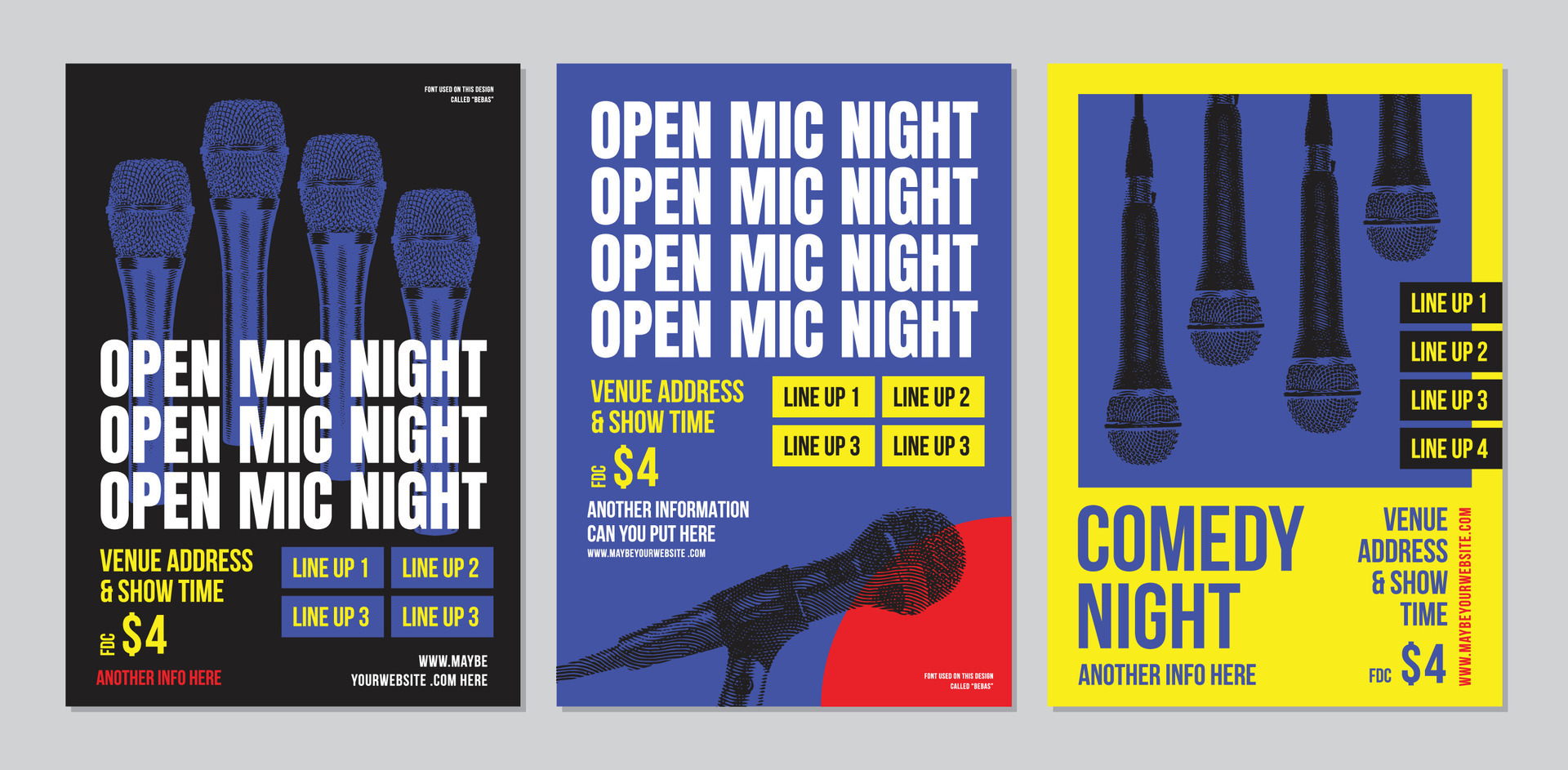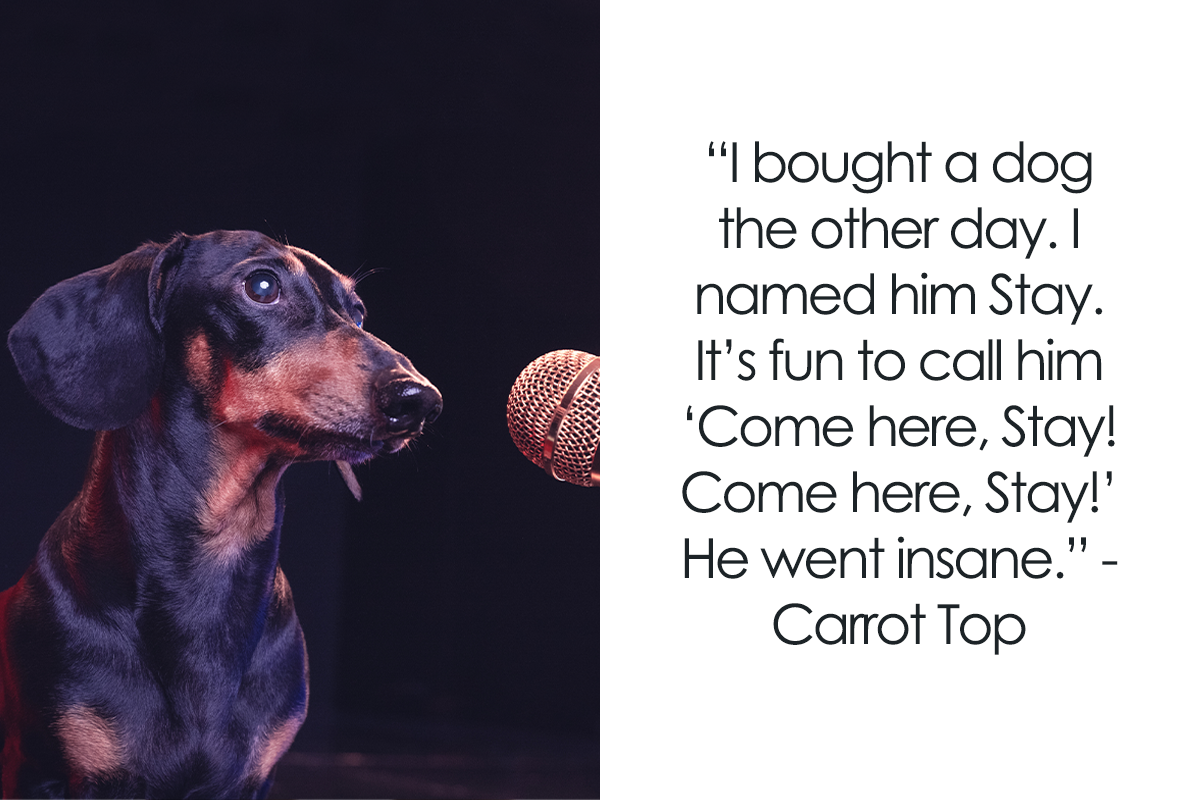Sure, here’s a brief introduction based on the outline provided:
Introduction
Stand-up comedy is a unique form of entertainment that relies on precise comedic timing and clever language to engage and amuse audiences. This article explores the intricate art of stand-up comedy, from its historical roots to its modern-day evolution. Beginning with an overview of its origins and development, we delve into the essential elements that make up successful stand-up routines. Central to this exploration is an examination of the role of language in crafting memorable punchlines and delivering them with impeccable timing. By dissecting these crucial components, we aim to uncover the underlying techniques that comedians employ to connect with audiences and evoke laughter. Ultimately, this article seeks to unravel the nuances of the language of stand-up comedy, offering insights into its significance and impact in the realm of comedic performance.
damrcf.com invites you to delve into this topic thoroughly.
1. Introduction
Stand-up comedy is a unique form of entertainment that relies on precise comedic timing and clever language to engage and amuse audiences. This article explores the intricate art of stand-up comedy, from its historical roots to its modern-day evolution. Beginning with an overview of its origins and development, we delve into the essential elements that make up successful stand-up routines. Central to this exploration is an examination of the role of language in crafting memorable punchlines and delivering them with impeccable timing. By dissecting these crucial components, we aim to uncover the underlying techniques that comedians employ to connect with audiences and evoke laughter. Ultimately, this article seeks to unravel the nuances of the language of stand-up comedy, offering insights into its significance and impact in the realm of comedic performance. Through a comprehensive exploration of stand-up comedy’s history, elements, and the intricacies of language, punchlines, and timing, readers will gain a deeper appreciation for the art form and understand how comedians masterfully navigate linguistic terrain to provoke laughter and entertain diverse audiences
2. History of stand-up comedy
Stand-up comedy traces its origins back to ancient times when jesters and court fools entertained royalty with witty remarks and humorous anecdotes. However, its modern form began to take shape in the early 20th century, evolving from vaudeville and variety shows in the United States. Comedians like Charlie Chaplin and Buster Keaton incorporated comedic elements into their silent films, laying the groundwork for the verbal wit that would define stand-up.
During the mid-20th century, stand-up comedy flourished in clubs and on television, with pioneers such as Lenny Bruce and George Carlin pushing the boundaries of social commentary and language. The 1970s and 1980s saw the rise of comedy clubs as incubators for new talent, fostering the careers of comedians like Richard Pryor and Eddie Murphy, who brought diverse voices and styles to the forefront.
Today, stand-up comedy continues to evolve with the digital age, finding new platforms and audiences through social media and streaming services. Its rich history reflects not only changes in comedic styles and techniques but also societal shifts and cultural influences that have shaped its development into a vibrant and dynamic art form.

3. Elements of stand-up comedy
Stand-up comedy incorporates several key elements that distinguish it as a unique form of performance art. At its core is the comedian’s ability to engage an audience through storytelling, observational humor, and personal anecdotes. These elements allow comedians to connect with their audience on a personal level, often drawing from everyday experiences or societal norms to create humor that resonates universally.
Timing plays a crucial role in stand-up comedy, influencing the delivery of jokes and punchlines for maximum comedic effect. A well-timed pause or a change in tempo can enhance the impact of a joke, eliciting laughter and maintaining the audience’s attention throughout the performance.
Another essential element is the construction of punchlines, which are crafted to deliver the comedic payoff of a joke. A punchline typically subverts expectations or provides a clever twist on a familiar situation, revealing the comedian’s wit and intelligence in a succinct and memorable way.
Additionally, physicality and stage presence contribute to the comedian’s persona and performance style. Gestures, facial expressions, and vocal intonation complement verbal humor, adding layers of comedy and enhancing the audience’s enjoyment.
Understanding these elements allows comedians to refine their craft and adapt their material to different audiences and performance settings, demonstrating the versatility and creativity inherent in stand-up comedy as an art form.

4. Importance of language in stand-up comedy
Language serves as the backbone of stand-up comedy, playing a pivotal role in shaping humor and connecting with audiences. Comedians utilize language to craft jokes that range from clever wordplay to sharp social commentary, showcasing their wit and intelligence. The choice of words, phrasing, and delivery style all contribute to the comedic impact of a routine, influencing how jokes are perceived and appreciated by different audience demographics.
Moreover, language enables comedians to navigate sensitive topics with finesse, using humor as a tool to provoke thought and discussion while maintaining engagement and laughter. It allows them to communicate personal experiences and perspectives effectively, inviting audiences into their world through storytelling and narrative devices.
In essence, the mastery of language in stand-up comedy not only enhances comedic timing and punchlines but also distinguishes comedians based on their unique voices and comedic personas. It underscores the artistry involved in crafting jokes and delivering them with precision, highlighting the profound influence of language in shaping comedic performance and audience reception.

5. Crafting punchlines

Crafting punchlines is a meticulous art form within stand-up comedy, essential for delivering the comedic climax of a joke effectively. A punchline is typically a succinct and unexpected conclusion to a setup, often subverting expectations or revealing a clever twist on a familiar scenario. The process of crafting punchlines involves several key techniques:
Setup and Payoff: A punchline works in tandem with a setup—a premise or lead-in that establishes expectations in the audience’s mind. The punchline then delivers a surprising or amusing resolution that defies those expectations, eliciting laughter.
Wordplay and Double Meanings: Many punchlines leverage wordplay, puns, or double entendres to create humor. These linguistic devices add layers of meaning to the joke, allowing comedians to explore different interpretations and surprise the audience with clever twists.
Timing and Delivery: The timing of a punchline is crucial to its effectiveness. Comedians often use pauses, changes in rhythm, or vocal inflections to build anticipation before delivering the punchline with impact. This timing ensures that the comedic payoff lands successfully, generating laughter and reinforcing the comedian’s comedic prowess.
Observational Humor: Punchlines frequently draw on observations of everyday life or societal norms. By highlighting absurdities or contradictions in human behavior, comedians provoke laughter and invite audiences to see familiar situations in a new, humorous light.
Revision and Refinement: Crafting punchlines is an iterative process that involves trial and error. Comedians often refine their material through rehearsals, live performances, and audience feedback to enhance the clarity, timing, and effectiveness of their punchlines.
Ultimately, mastering the art of crafting punchlines allows comedians to engage audiences, provoke laughter, and showcase their unique comedic voice and perspective effectively within the realm of stand-up comedy.
6. Perfecting timing
Perfecting timing is a critical skill for comedians that significantly enhances the delivery and impact of their material in stand-up comedy. Timing encompasses several key aspects that contribute to a successful comedic performance:
Rhythm and Pace: Comedians carefully control the tempo of their delivery, adjusting the speed and cadence of their speech to create comedic tension and anticipation. Variations in rhythm can build momentum towards a punchline or allow for moments of comedic pause to let jokes land effectively.
Pauses and Silences: Strategic pauses are powerful tools in a comedian’s repertoire. They can heighten suspense, emphasize punchlines, or allow the audience time to process and react to the humor. Pauses also enable comedians to control the flow of their performance, ensuring that jokes are delivered with maximum impact.
Pacing within Setups and Punchlines: Timing involves navigating the balance between setups and punchlines within a joke. Comedians use precise pacing to lead the audience through a narrative or premise, setting up expectations before delivering a punchline that subverts those expectations with comedic effect.
Physical Timing: Timing isn’t just about verbal delivery—it also includes physical gestures, facial expressions, and movements on stage. Comedians use these elements to complement their verbal humor, enhancing the overall comedic experience and engaging the audience visually.
Audience Interaction: Timing also extends to how comedians interact with their audience. Reading audience reactions, adjusting delivery based on crowd response, and improvising when necessary all require impeccable timing to maintain momentum and keep the audience engaged.
Mastering timing in stand-up comedy is a continuous process of refinement and adaptation. It involves rehearsal, live performance experience, and a keen awareness of comedic instincts and audience dynamics. Ultimately, precise timing distinguishes great comedians, allowing them to captivate audiences and deliver memorable performances that resonate long after the laughter subsides.
7. Conclusion
In conclusion, stand-up comedy emerges as a sophisticated art form blending historical roots with contemporary techniques. From its origins in vaudeville and early film to the modern-day comedy clubs and digital platforms, the evolution of stand-up reflects broader societal changes and cultural shifts. The essential elements of storytelling, observational humor, and personal connection through language underscore its enduring appeal and relevance.
The importance of language in crafting punchlines and delivering them with impeccable timing cannot be overstated. Comedians use language not only to entertain but also to provoke thought and challenge conventions, navigating sensitive topics with wit and finesse. Crafting punchlines involves a nuanced understanding of wordplay, timing, and audience dynamics, while perfecting timing requires mastery of rhythm, pace, and audience interaction.
Ultimately, stand-up comedy thrives on its ability to connect with audiences through shared experiences and universal truths, using humor as a lens to explore the human condition. As comedians refine their craft and adapt to new platforms and audiences, the language of stand-up continues to evolve, ensuring its enduring place as a dynamic and influential form of entertainment in popular culture.
